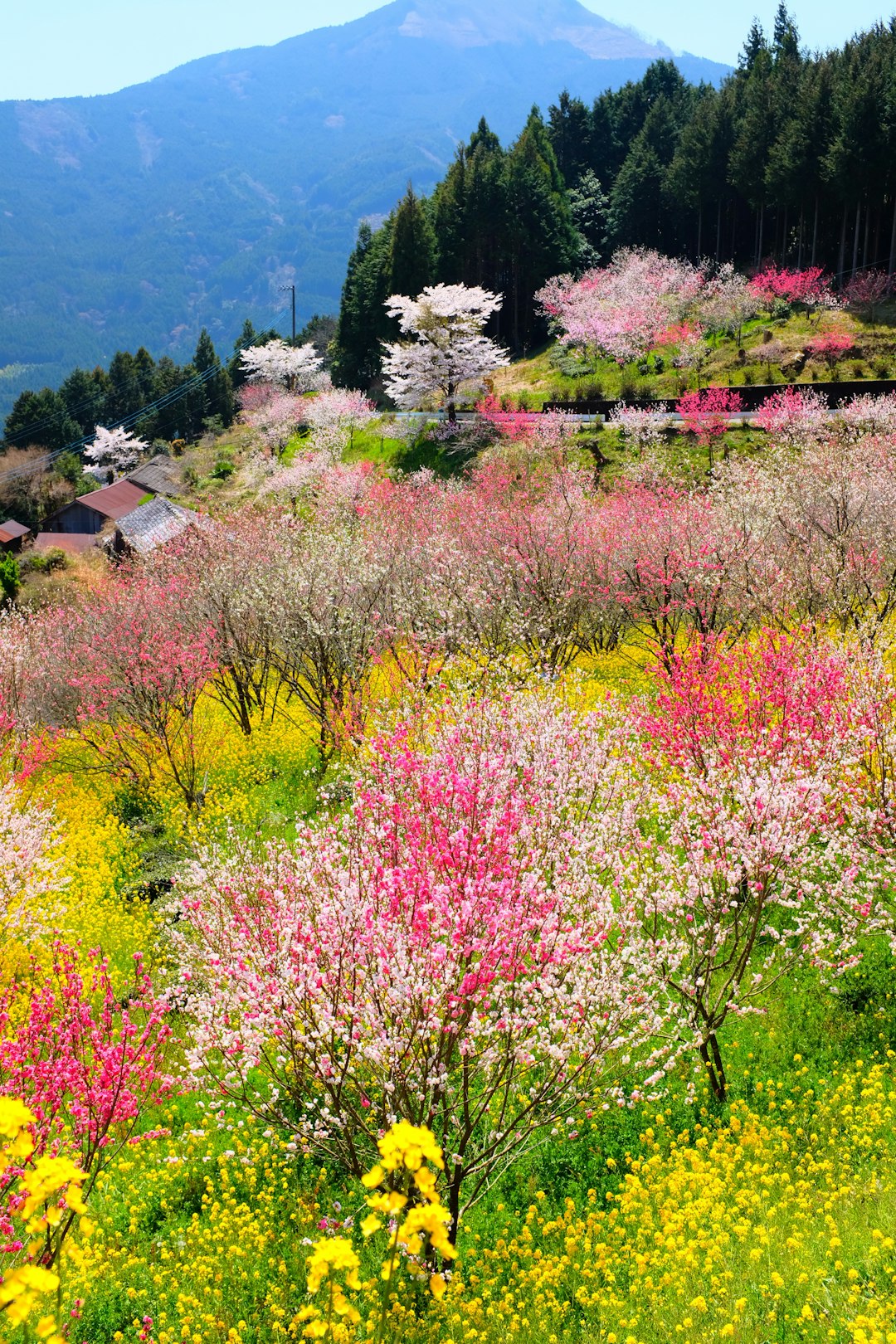
Adventure Travel: Essential Tips for Beginners.
# Introduction. Adventure travel is an exciting way to explore the world in a more exhilarating and engaging manner than traditional vacations. It involves a combination of physical activities, cultural experiences, and the thrill of discovery that ignites the spirit of exploration in everyone. While the idea of embarking on adventurous journeys can be exhilarating, it can also be daunting- especially for those new to the concept. This ultimate guide aims to provide practical tips and insights to help beginners navigate the world of adventure travel. # Understanding Adventure Travel. Before diving into the tips, it’s essential to understand what adventure travel encompasses. Adventure travel typically involves visiting remote or exotic locations and engaging in activities that challenge you physically or mentally. This can include hiking, mountain climbing, diving, cycling, or immersing yourself in local cultures through various experiences. The appeal of adventure travel lies in its ability to disconnect from everyday life while pushing personal boundaries in safe yet educational environments. As a beginner, familiarize yourself with different types of adventure travel, so you can find the one that ignites your passion. # Choose The Right Destination. Selecting an appropriate destination is crucial for an enjoyable and memorable adventure. As a beginner, look for spots that offer a range of activities suitable for various skill levels. National parks, coastal areas, and renowned adventure hotspots provide adequate infrastructure and guided tours tailored for newcomers. Research destinations that focus on beginner-friendly attractions. For instance, the Grand Canyon offers spectacular views and easy hikes, while tropical islands like the Maldives provide exciting water-based activities without the intense physical strain. # Gear Up Properly. Having the right gear can make all the difference when it comes to adventure travel. This isn’t just about the clothes you wear; it includes equipment necessary for your adventure. Make a checklist of what you’ll need based on the activities you plan to engage in. Hiking boots, a reliable backpack, weather-appropriate clothing, a first-aid kit, and tools for navigation like maps or GPS devices are essentials. Consider renting gear rather than purchasing first, so you can gauge what suits your adventure style best. # Start Small and Build Up Gradually. For beginners, starting with smaller, manageable adventures is key to building confidence. If you’re interested in hiking, begin with shorter trails and gradually tackle more challenging ones on your travels. This strategy applies to any adventure—whether you’re biking, kayaking, or climbing. It’s important to listen to your body and understand your limitations; pushing yourself too hard early on can lead to injuries or a negative experience, which can deter future adventures. # Embrace Local Guides and Tours. While venturing into the unknown can appeal to many adventure seekers, as a beginner, it can be beneficial to engage with local guides and organized tours. Local experts not only ensure your safety and provide valuable insights, but they also enhance your adventure by sharing stories and cultural information that you might miss on your own. Look for reputable companies with strong reviews, or seek recommendations from travel forums. # Safety First: Know Your Limits. Safety should always be a top priority during your adventure travels. Understand the risks associated with each activity and choose ones that fit your physical abilities. Ensure someone knows your itinerary, especially when exploring more isolated regions, and equip yourself with the necessary safety gear for your chosen activities. It’s worth investing time in learning basic survival skills and first-aid techniques, which can be invaluable in case of emergencies. # Conclusion. Adventure travel offers a unique way to see the world, engage with different cultures, and create unforgettable memories. While stepping into this world can seem intimidating, preparing adequately and arming yourself with the right knowledge makes the journey enriching and enjoyable. Remember that every adventurer was once a beginner, so take the leap, embrace the challenges, and allow yourself to grow through every adventure. .








